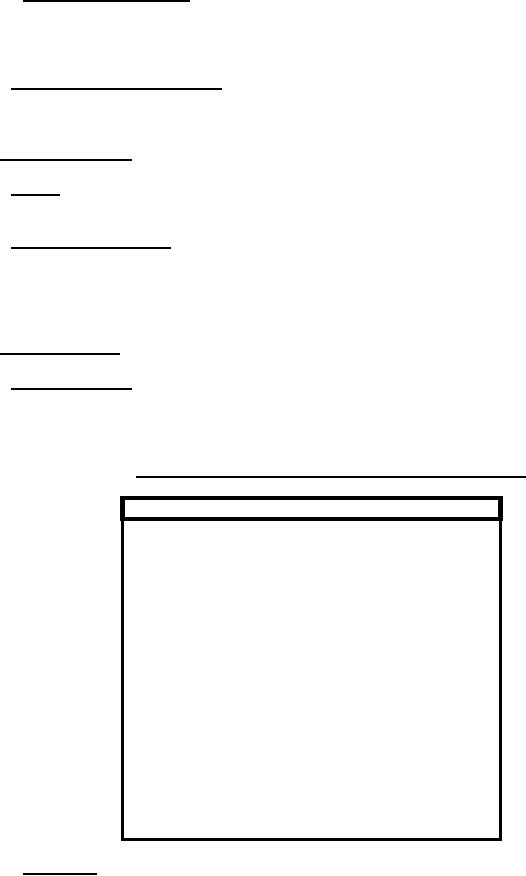
MIL-DTL-19328F
cause of failure, the action taken to preclude recurrence, and the impact this failure might have on scheduled
deliveries. After correction, all of the sampling inspection shall be repeated.
4.3.2.2 Continuation of inspection. For production reasons, individual inspection or other sampling plans
may be continued pending the investigation of a sampling inspection failure. Final acceptance of the entire lot or
lots produced later shall not be made until it is determined that all items meet all the requirements of this
specification.
4.3.3 Defects in items already accepted. The investigation of a test failure could indicate that defects might
exist in items already accepted. If so, the contractor shall fully advise the procuring activity of all defects likely to
be found and the method of correcting them.
4.4 Inspection conditions.
4.4.1 Oxygen. Unless otherwise specified, the oxygen used in testing the converters shall conform to MIL-O-
27210, Type I or Type II.
4.4.2 Temperature and pressure. Unless otherwise specified, tests shall be conducted at local ambient
temperatures and barometric pressure. Corrections shall be made to provide agreement with the temperature and
pressure calibration of the instruments. Inspection data provided by any instrument not calibrated to normal
temperature and pressure (NTP) conditions shall be corrected to determine NTP requirements. NTP conditions are
29.92 inches of mercury (101.3 kPa) and 70°F (21.1°C).
4.5 Inspection methods.
4.5.1 Visual examination. Every converter shall be visually examined to determine conformance to the
requirements of this specification. The classification of defects shall be according to table I, unless otherwise
specified. All defects not corrected shall be cause for rejection. Minor color shade deviation need not be
corrected.
TABLE I. Classification of defects for visual examination of the converter.
Critical
1. Material imperfections - foreign matter embedded
2. Surface - unclean, rough, misaligned, or containing
cracks, nicks, or other flaws.
3. Any component missing, malformed, fractured, or
otherwise damaged.
4. Any component loose or otherwise not securely
retained.
5. Incorrect assembling or improper positioning of com-
ponents.
6. Any functioning part that works with difficulty.
7. Faulty workmanship or other irregularities.
4.5.1.1 Dimensions. The converter shall be checked dimensionally to determine conformance to the
dimensions specified (see 3.2.9).
10
For Parts Inquires submit RFQ to Parts Hangar, Inc.
© Copyright 2015 Integrated Publishing, Inc.
A Service Disabled Veteran Owned Small Business